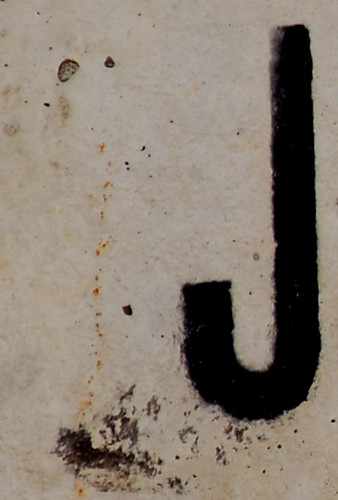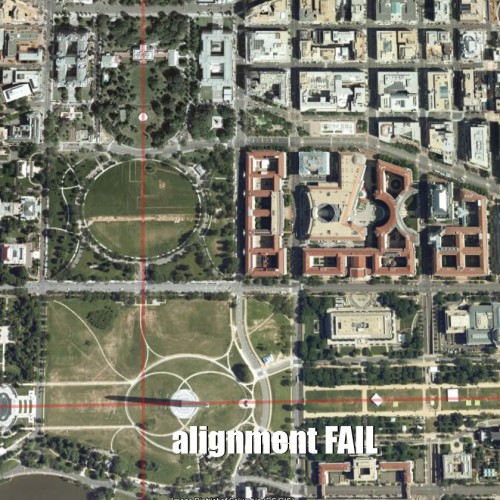
‘DSC_0016.jpg’
courtesy of ‘Chris Rief aka Spodie Odie’
Here at DC Mythbusting we’ve covered a lot of myths, but the one I referenced in the first ever Mythbusting feature is one of the most persistent I’ve ever heard. That myth attempts to explain the lack of a J Street in DC. In all four quadrants of our fair city, the street that comes after I Street is K Street. So what happened to J Street?
The myth states that our city’s planner, Pierre L’Enfant, left out J Street as a slight to John Jay. Legend has it that L’Enfant hated John Jay for the 1794 Jay Treaty, which settled some issues between America and Great Britain. The treaty was generally unpopular with Americans because it seemed to greatly favor the British, and the French were mad too because they were an ally during the Revolutionary War and now were fighting Great Britain on their own. Supposedly, L’Enfant was upset because he was a French-born American, so he was doubly pissed.
However, this myth falls apart entirely when you look at the timeline of things. L’Enfant’s plan for DC was finalized in early 1792, and the Jay Treaty didn’t happen until 1794. And the other myth, that John Jay stole Pierre L’Enfant’s wife or girlfriend, also falls apart when you learn that Pierre L’Enfant was gay. So there’s really no truth about the omission of J Street as a slight to John Jay. Continue reading

